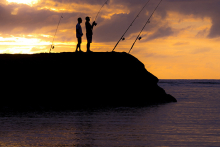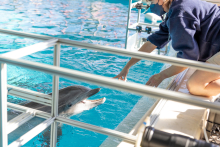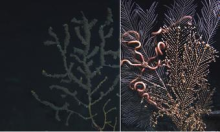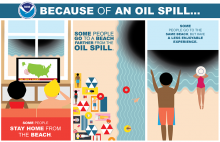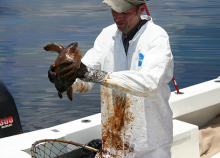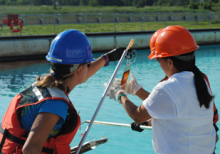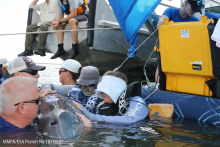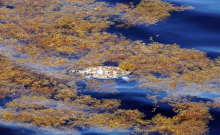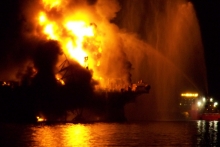Posts tagged with
Deepwater Horizon
Advances in Pollution Response and Assessment Science
donna.l.roberts
Tue, 08/22/2023 - 15:57
A Spooky Science Story: Deep-Sea Corals Entombed by an Oily Snow
alyssa.gray
Fri, 10/29/2021 - 13:21
8 Projects to Make Gulf Recreation Better Since Deepwater Horizon
alyssa.gray
Thu, 07/22/2021 - 15:06
Advances in Assessing Sea Turtles and Marine Mammals During Oil Spills
alyssa.gray
Tue, 06/01/2021 - 12:58
8 Advances in Oil Spill Science in the Decade Since Deepwater Horizon
alyssa.gray
Wed, 04/21/2021 - 12:10
Dolphin Discoveries in the Decade Since Deepwater Horizon
alyssa.gray
Wed, 04/14/2021 - 20:30
On Sea Turtles, Seaweed, and Oil Spills
alyssa.gray
Tue, 06/16/2020 - 12:22

